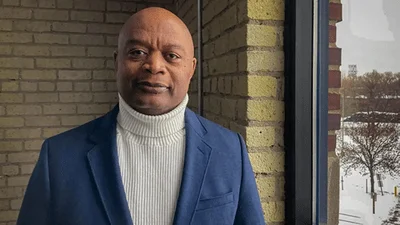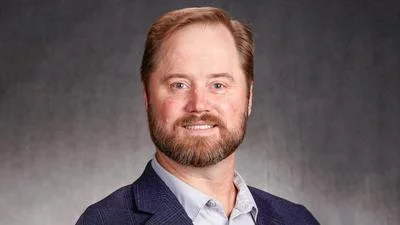Minnesota Governor's Office issued the following announcement on May 7.
As the state continues to take action to protect Minnesotans from the ongoing COVID-19 pandemic, Governor Tim Walz today unveiled a new five-point plan to provide more robust support to our state’s long-term care (LTC) facilities.
“Ensuring we are in a strong position to care for our most vulnerable populations is a top priority,” said Governor Walz. “That’s why we are implementing a detailed new plan to make sure our long-term care facilities have the support and resources in place to protect residents and workers during this pandemic.”
“We know COVID-19 hits our vulnerable communities hardest,” said Lt. Governor Peggy Flanagan. “This includes in our long-term care facilities — both residents and staff. This plan will help keep this virus at bay and protect the health and well-being of Minnesota’s most vulnerable residents.”
“Long-term care facilities face a special set of risks during the COVID-19 pandemic,” said Minnesota Commissioner of Health Jan Malcolm. ”It’s imperative that we work together to protect residents and workers. This new five-point plan will ramp up the support and coordination around this work in the days ahead, and it will give us our best chance to reduce the impacts of this pandemic.”
The Governor’s new five-point plan will be implemented in the coming days to bolster the significant work that has been taking place already within facilities and the public health sector. The comprehensive approach includes a range of priorities such as expanded testing, enhanced support for infection prevention, providing masks and other personal protective equipment when supplies run short, and ensuring adequate staffing even as facilities face significant numbers of COVID-19 cases among residents or staff.
Point 1: Expanded Testing for Residents and Workers
· Issue new guidance on testing, screening and monitoring, with requirements for long-term care facilities to:
o Institute consistent “active screening” practices for residents and staff
o Expand testing to all symptomatic residents & staff, as well as facility-wide testing when a case is confirmed or when multiple people develop symptoms
o Continue routine testing of residents/staff meeting specific risk criteria
o Amplify, expand and accelerate work on facilities’ action plans for COVID-19 cases among residents or staff, including steps for dealing with many cases
o Continue to ensure staff are trained on proper use of masks and other protective equipment
Point 2: Provide Testing Support and Troubleshooting
- Work with health systems to create “strike teams” that quickly conduct on-site testing and necessary follow up
- Coordinate with regional health care coalitions for immediate response and resources
- Coordinate with Testing Command Center to ensure testing supplies move efficiently where they are needed
- Maintain state-managed cache of masks and other personal protective equipment for emergency use when a facility exhausts its supplies and is unable to restock
- Push out needed equipment for facilities facing outbreaks, and make it available to other facilities based on availability
- Use a mix of strategies to get staffing support to facilities in crisis. These may include:
- Utilize the COVID-19 fund and contracts to support “bridge staffing teams” of health care workers to provide temporary staffing
- Aggressively advocating for increased state and federal resources.
- Activating the Minnesota National Guard
- Using databases to “call out” healthcare workers that can take on-call shifts
- Using incentives to encourage health care systems to provide crisis staffing to facilities
- Partner with local public health to coordinate support and provide on-site technical assistance for facilities
- Launch a new case management model at facilities, leveraging local public health and regional coalitions to provide guidance, monitoring and support
- Make sure that facilities maintain strong preparedness plans, including plans to reduce disease transmission and limit exposure risks
- Require facility commitment to reduce transmission by excluding ill workers and those testing positive, and by excluding workers with unprotected exposure
Original source can be found here.



 Alerts Sign-up
Alerts Sign-up